Thomas Struth on the day he photographed the Queen and Prince Philip: ‘It was an experiment’
To mark the Queen’s Platinum Jubilee, German artist Thomas Struth looks back on the moment he created a portrait of Queen Elizabeth II and Prince Philip: ‘It’s an exotic part of my oeuvre because of who they are’
Thomas Struth - Photography
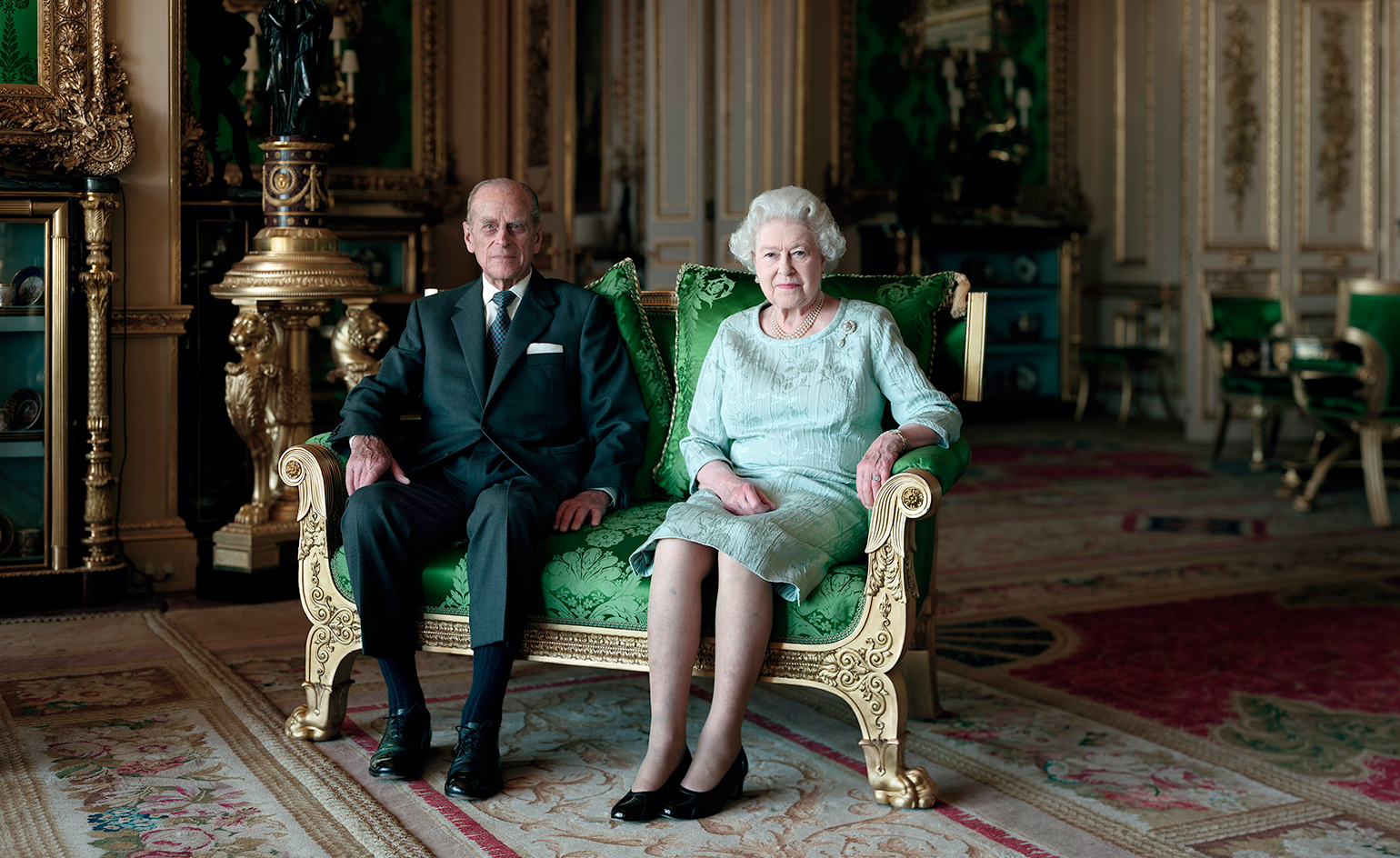
Queen Elizabeth II: there is hardly a more extensive legacy or recognisable face.
Speaking of crowns to bear, they don’t tend to come with more gravity than capturing the essence of such a figure through photography; a task as formidable as it is career-defining. Few have been given the opportunity over her 70-year reign; even fewer have risen to the occasion with a portrait that holds longevity in the public imagination.
One such rarity is German artist Thomas Struth, who, in 2011, was commissioned to photograph a joint portrait of Queen Elizabeth II and Prince Philip, Duke of Edinburgh, for an exhibition marking the Queen’s Diamond Jubilee. Struth’s photograph would be the final portrait.
So far, so conventional. But one thing to note about this scenario is that Thomas Struth is not really a portrait artist. He’s known for epic, genre-bending, meticulously executed photographs spanning science, nature and family; city streets, people in churches, people gazing at paintings in museums, industrial landscapes, factories, laboratories, rain forests, and family portraits. ‘They wanted to commission a new portrait and thought I was the best candidate, which made me laugh because I don’t make portraits of famous people! It was sort of an odd choice.’
It was, and it wasn’t. Struth has taken photographs of people before, most notably for his acclaimed Family Portraits series. But these stretch beyond photographs of people; they are depictions of the psychological dynamics between family members, often in their homes; intimate, private moments rendered in forensic precision.
Three days after receiving the call from Paul Moorhouse (senior curator at the National Portrait Gallery), Struth decided to accept the commission. ‘It was such an interesting choice to ask me I couldn’t say no. It was an experiment.’
Struth had some conditions for the sitting: he needed an hour, and wanted to choose the location and the Queen’s dress. ‘They suggested Buckingham Palace so we went to look at the rooms available and found it was not a good place,’ he recalls. ‘There were hundreds of tourists outside; it was too nervous in a way. For them [the Queen and Prince Philip] it was normal, but it just wasn’t right.’ Fortunately, Windsor Castle proved more suitable, and Struth selected the Green Drawing Room (‘green is a complémentaire colour’).
Receive our daily digest of inspiration, escapism and design stories from around the world direct to your inbox.
For the dress, Struth liaised with the Queen’s senior dresser (
Angela Kelly) and selected a subdued blue option. ‘She likes these very bright, highly saturated colours. If it’s bright yellow, red, or pink, the whole body becomes one graphic form, and I thought it needed some structure,’ he says. ‘She was wearing it when she came in and I thought bingo! That’s perfect. It didn’t make her body look like a puzzle shape, or flat.’
RELATED STORY

To prepare for the portrait, Struth read a biography of the Queen – focusing particularly on her younger years – to ‘understand more about who she is and what it is about the sense of duty’. He also spent many hours in the National Portrait Gallery with existing portraits ‘to see what I did not want to do’.
‘In most portraits, The Queen and Prince Philip didn’t really appear as people, but in their role. I didn’t want to deny it [their role], but I wasn’t going to ask them to go into the kitchen or somewhere where they normally wouldn’t be, I thought that would be fake.’ Struth approached the portrait of the Queen and Prince Philip as he would any other. ‘I want people to be surrounded by what belongs to them, and their usual environment, and be as present psychologically as they can be.’
In a 2017 retrospective exhibition at Haus der Kunst in Munich, Struth exhibited the piece alongside others from his Family Portraits series. He has received portrait requests off the back of the now-iconic portrait, but he’s turned them down. ‘It’s an exotic part of my oeuvre because of who they are. I don’t regret doing it, but many other pictures are much more important for me as an artist.’
‘Many people who have formed an opinion about the piece have not seen the photograph in its real size, which makes a big difference,’ Struth shot the work on an 8x10, large-format camera, to create a work that measures an imposing 64x81in. ‘It’s a big print and it’s very sharp and immediate. He [Prince Philip] definitely has an eagle eye in it, and she looks rather friendly somehow, even though she isn’t smiling, she looks a bit curious.’
Although Struth has never found out what the Queen makes of his shot, he did receive some feedback from the Duke of Edinburgh. ‘Paul Moorhouse told me that after he gave it to Prince Philip in Edinburgh, he said he found it “arresting” and [asked] “how did he do that?”, which was rather a big compliment!’ recalls Struth.
In Prince Philip, Duke of Edinburgh and Queen Elizabeth II, Struth captures a modern monarch and her prince, leading an evolving monarchy. But this is a portrait that goes far beyond roles, royalty and duty to present something far more captivating: humanity. ‘I don’t know what I hoped for,’ he says. ‘This is the Queen of England and Prince Philip, but they’re also two human beings and I’m just a curious historian and artist.’
INFORMATION
-
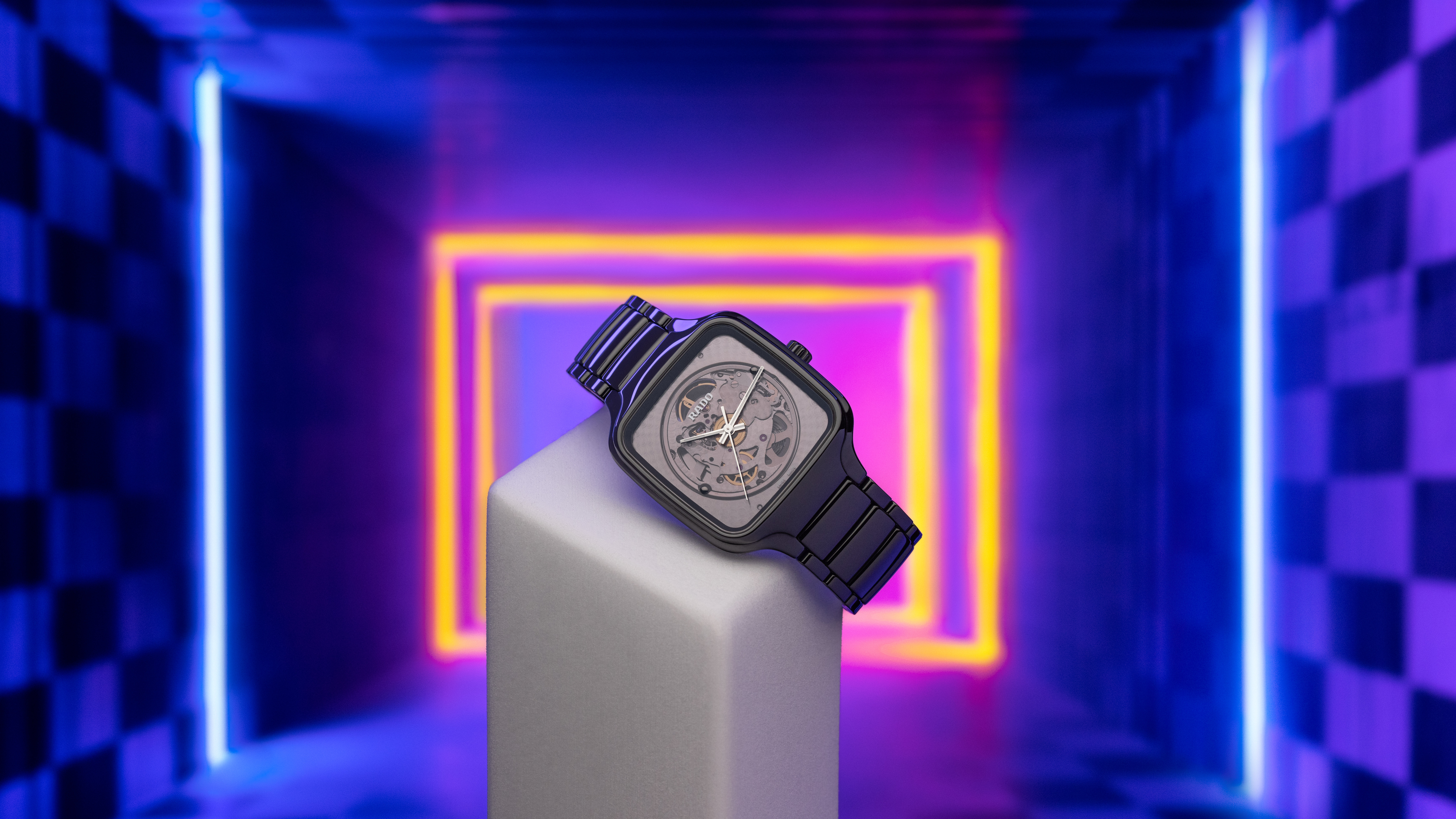 Why are the most memorable watch designers increasingly from outside the industry?
Why are the most memorable watch designers increasingly from outside the industry?Many of the most striking and influential watches of the 21st century have been designed by those outside of the industry’s mainstream. Is it only through the hiring of external designers that watch aesthetics really move on?
-
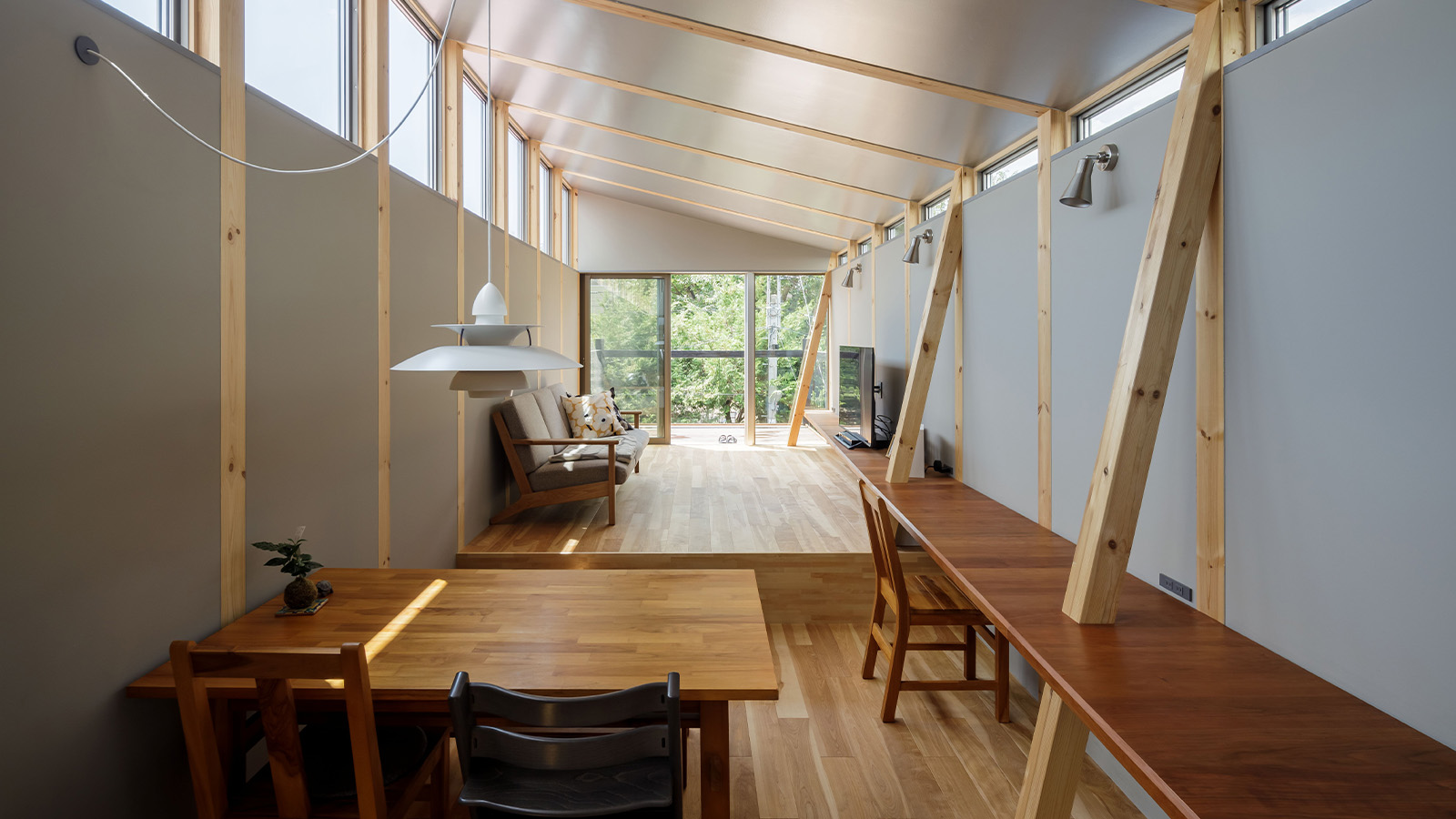 This Fukasawa house is a contemporary take on the traditional wooden architecture of Japan
This Fukasawa house is a contemporary take on the traditional wooden architecture of JapanDesigned by MIDW, a house nestled in the south-west Tokyo district features contrasting spaces united by the calming rhythm of structural timber beams
-
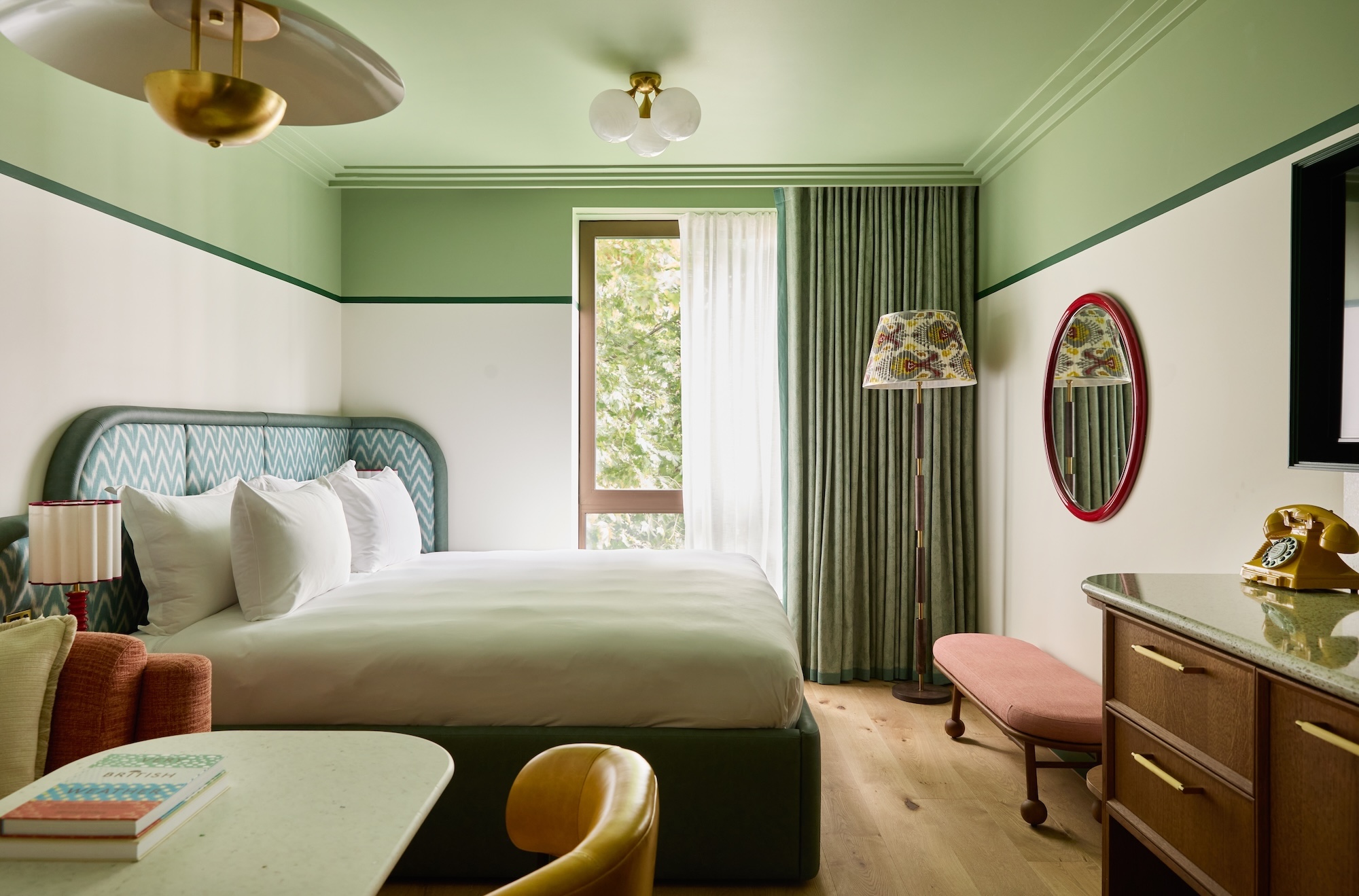 At last: a London hotel that’s great for groups and extended stays
At last: a London hotel that’s great for groups and extended staysThe July London Victoria, a new aparthotel concept just steps away from one of the city's busiest rail stations, is perfect for weekends and long-term visits alike
-
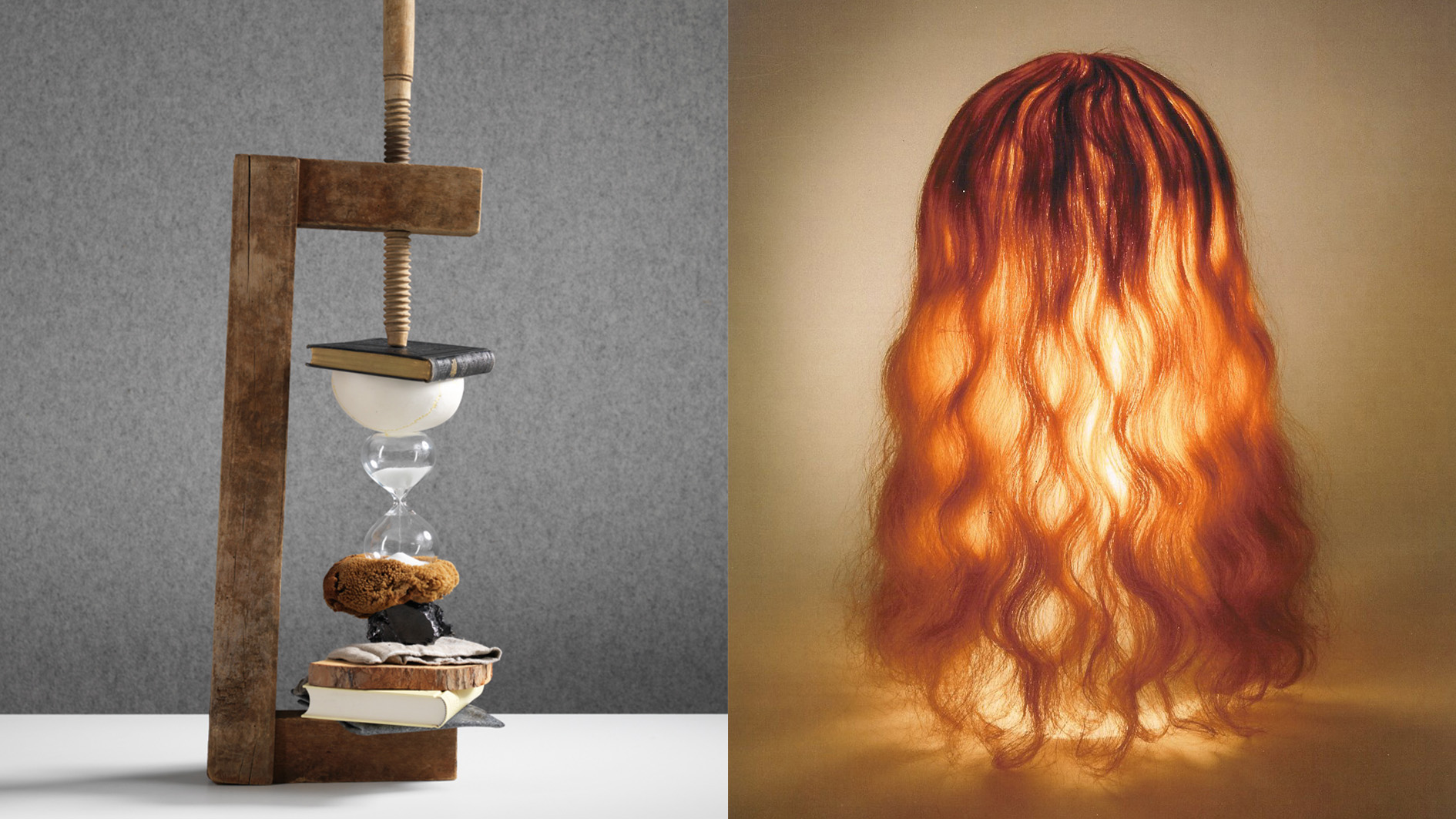 Rolf Sachs’ largest exhibition to date, ‘Be-rühren’, is a playful study of touch
Rolf Sachs’ largest exhibition to date, ‘Be-rühren’, is a playful study of touchA collection of over 150 of Rolf Sachs’ works speaks to his preoccupation with transforming everyday objects to create art that is sensory – both emotionally and physically
-
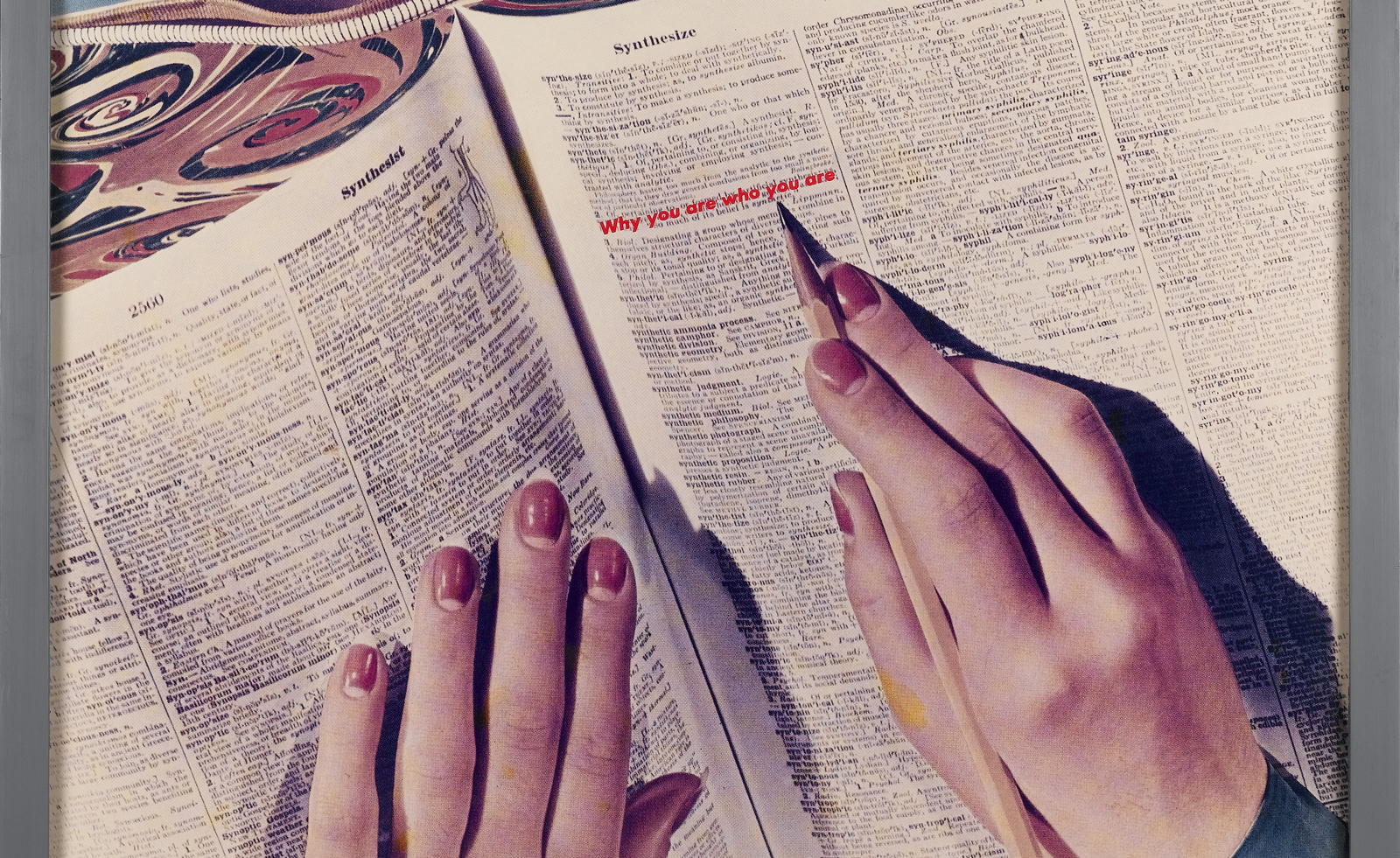 Take a rare chance to see the astonishing Ringier Collection of artworks in Düsseldorf
Take a rare chance to see the astonishing Ringier Collection of artworks in DüsseldorfFrom Barbara Kruger to Sylvie Fleury: publishing mogul Michael Ringier opens his private art collection to the public, sharing 500 works, and tells us what makes great art
-
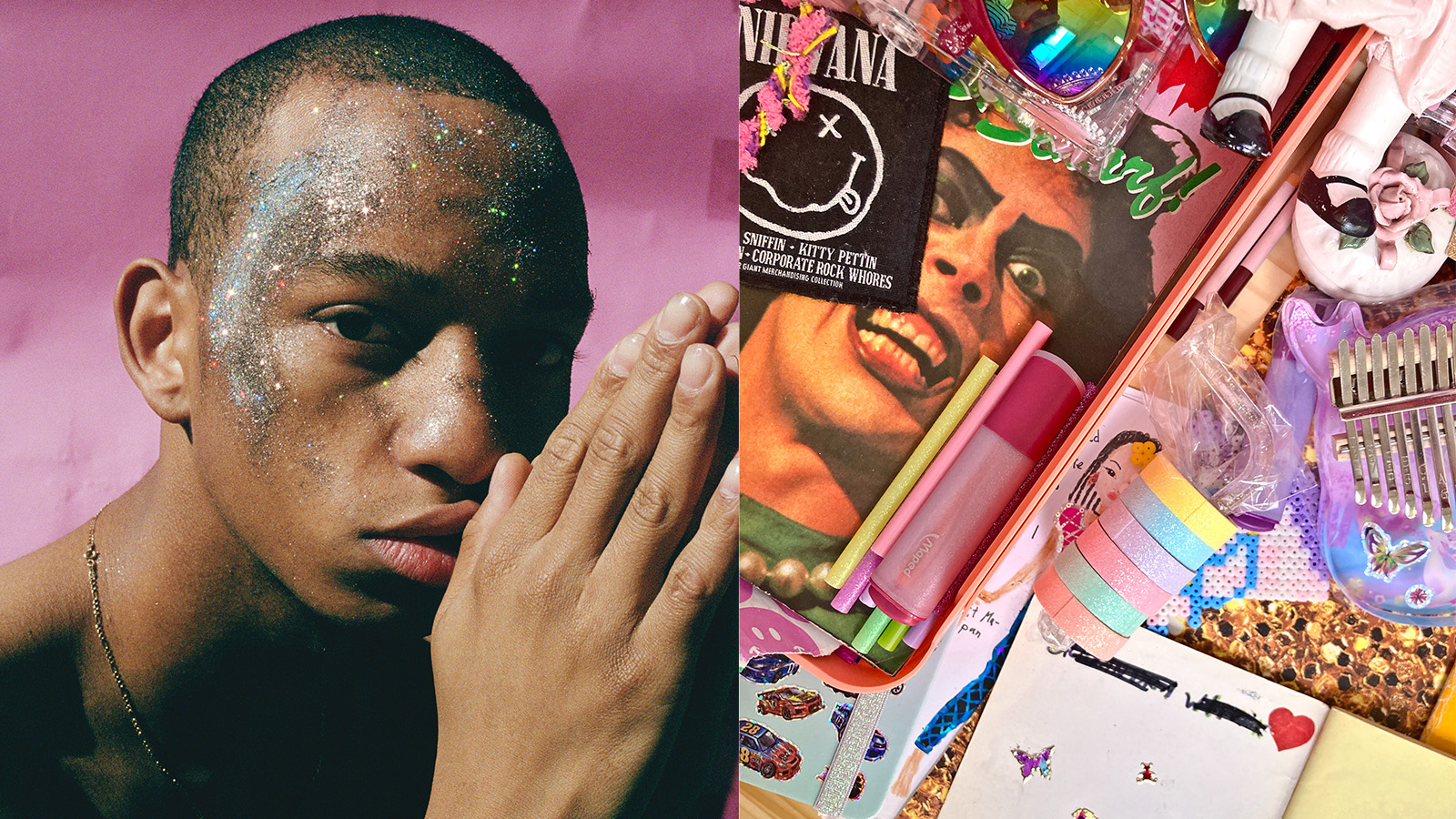 MK&G’s ‘Glitter’ exhibition: a brilliant world-first tribute to sparkle and spectacle
MK&G’s ‘Glitter’ exhibition: a brilliant world-first tribute to sparkle and spectacleMK&G’s latest exhibition is a vibrant flurry of sparkles and glitter with a rippling Y2K undercurrent, proving that 'Glitter is so much more than you think it is'
-
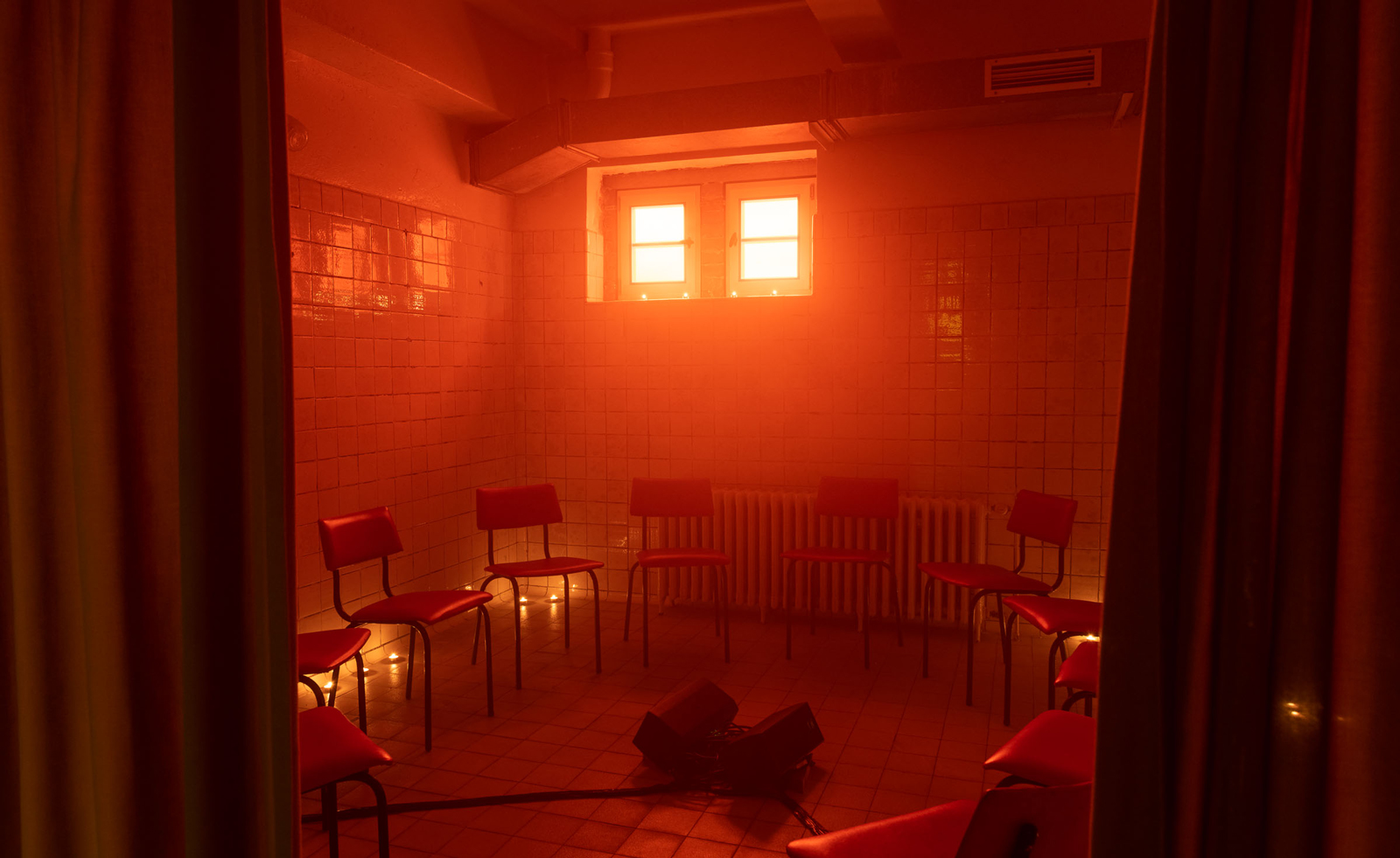 Inside E-WERK Luckenwalde’s ‘Tell Them I Said No’, an art festival at Berlin's former power station
Inside E-WERK Luckenwalde’s ‘Tell Them I Said No’, an art festival at Berlin's former power stationE-WERK Luckenwalde’s two-day art festival was an eclectic mix of performance, workshops, and discussion. Will Jennings reports
-
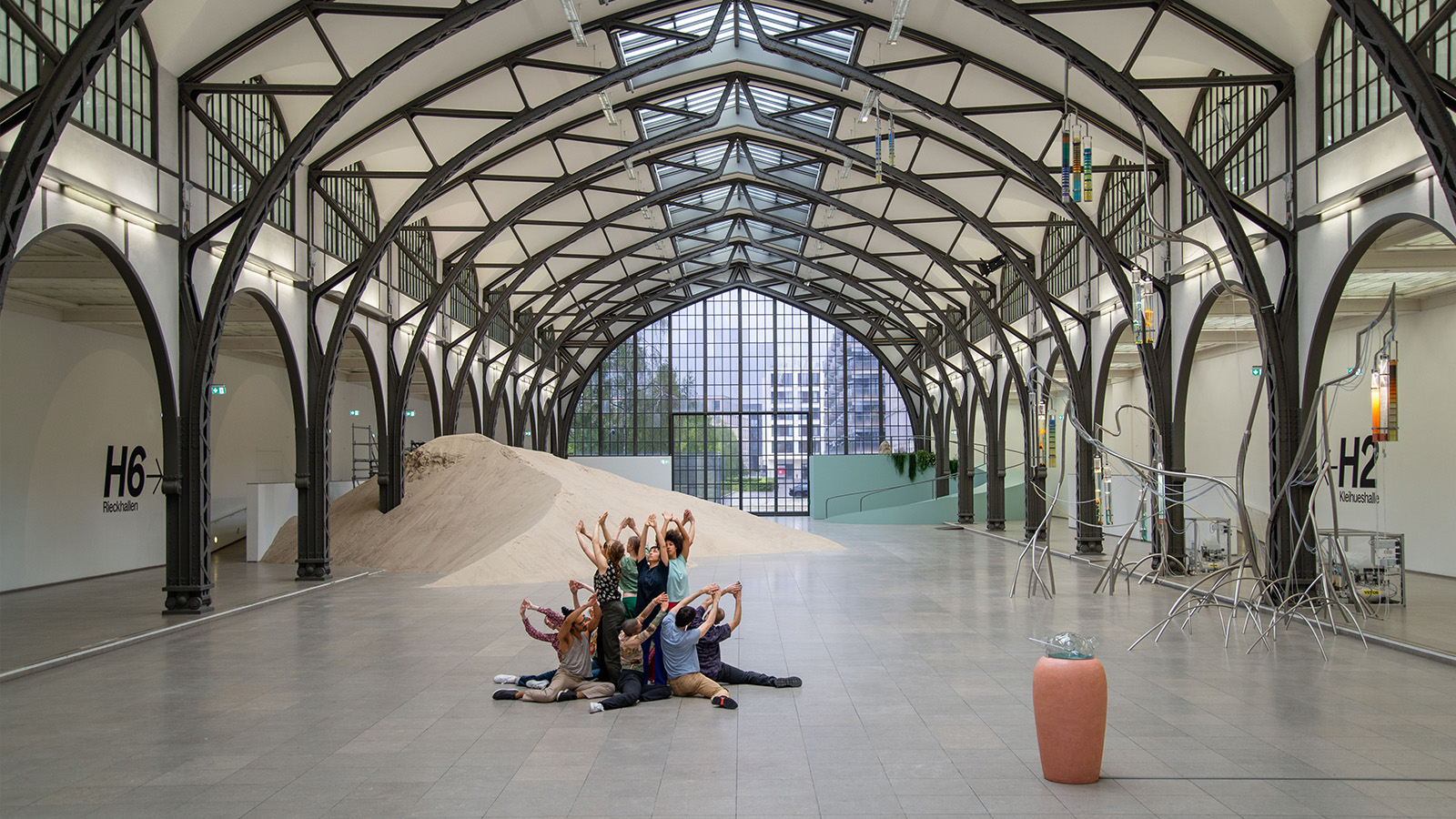 Alexandra Pirici’s action performance in Berlin is playfully abstract with a desire to address urgent political questions
Alexandra Pirici’s action performance in Berlin is playfully abstract with a desire to address urgent political questionsArtist and choreographer Alexandra Pirici transforms the historic hall of Berlin’s Hamburger Bahnhof into a live action performance and site-specific installation
-
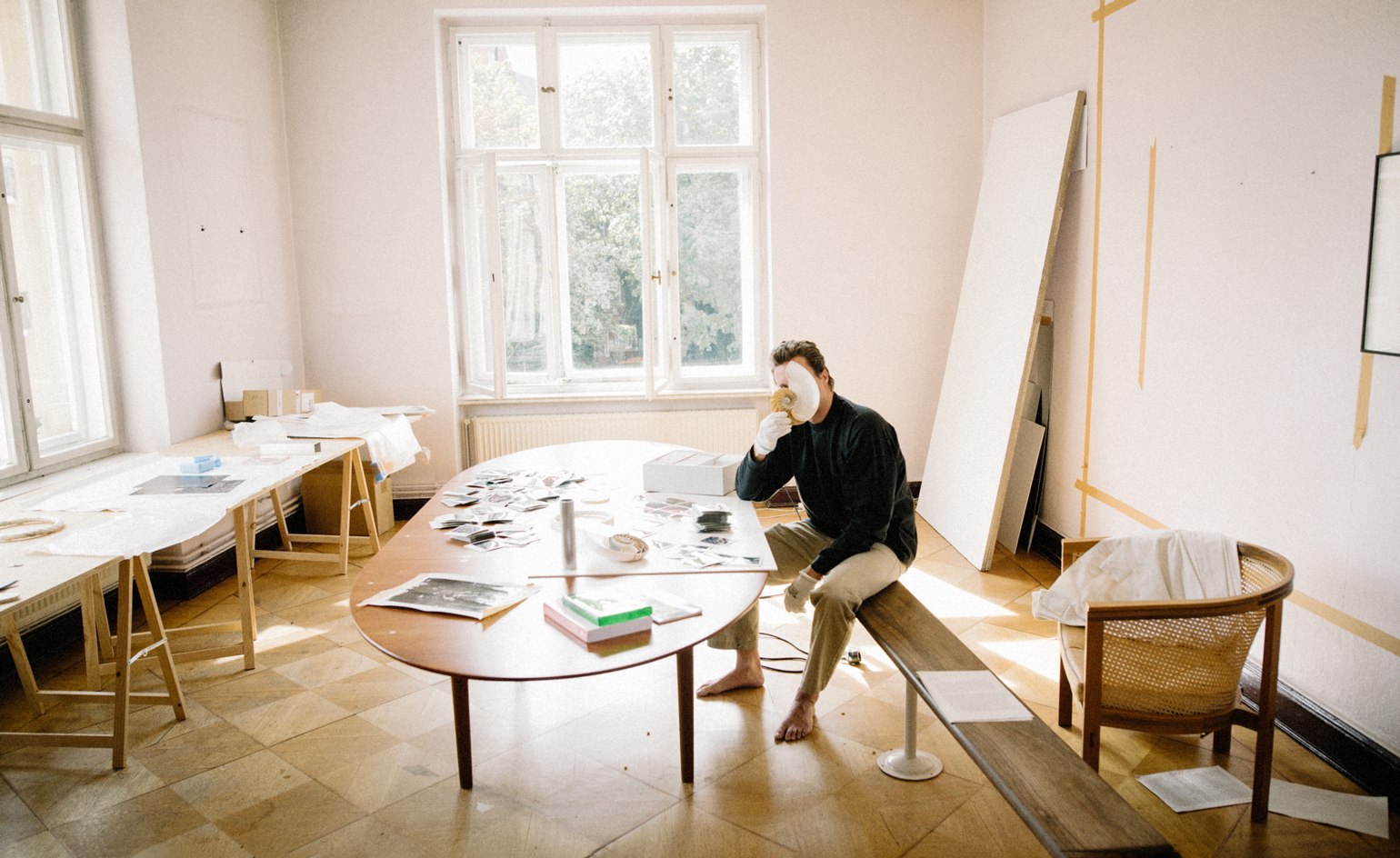 Cyprien Gaillard on chaos, reorder and excavating a Paris in flux
Cyprien Gaillard on chaos, reorder and excavating a Paris in fluxWe interviewed French artist Cyprien Gaillard ahead of his major two-part show, ‘Humpty \ Dumpty’ at Palais de Tokyo and Lafayette Anticipations (until 8 January 2023). Through abandoned clocks, love locks and asbestos, he dissects the human obsession with structural restoration
-
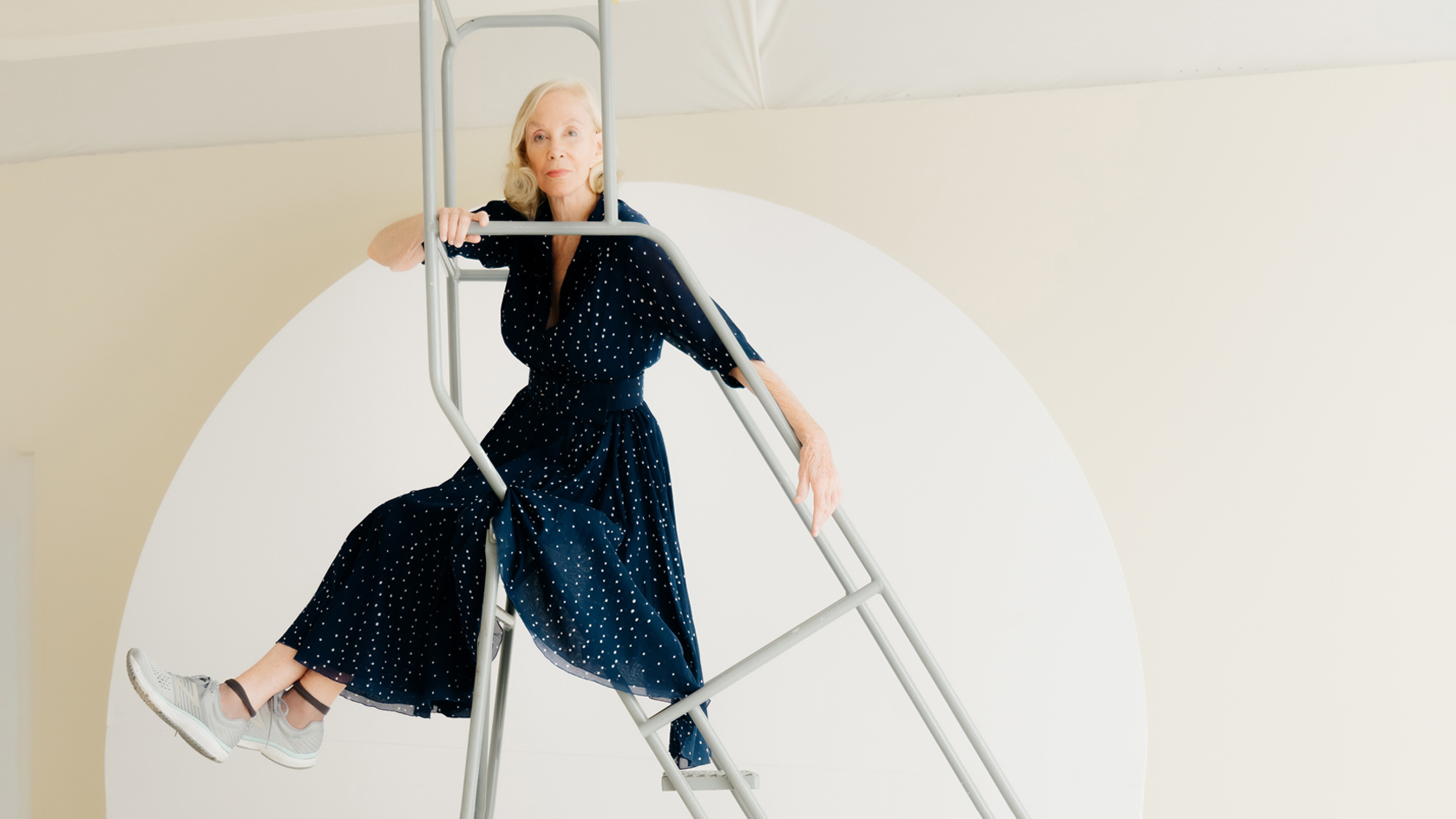 Year in review: top 10 art interviews of 2022, chosen by Wallpaper* arts editor Harriet Lloyd-Smith
Year in review: top 10 art interviews of 2022, chosen by Wallpaper* arts editor Harriet Lloyd-SmithTop 10 art interviews of 2022, as selected by Wallpaper* arts editor Harriet Lloyd-Smith, summing up another dramatic year in the art world
-
 Yayoi Kusama on love, hope and the power of art
Yayoi Kusama on love, hope and the power of artThere’s still time to see Yayoi Kusama’s major retrospective at M+, Hong Kong (until 14 May). In our interview, the legendary Japanese artist vows to continue to ‘create art to leave the message of “love forever”’